Taking place in the old Soviet sector on the banks of the River Spree, Ableton held this year’s Loop Summit at the historically renown former GDR broadcast headquarters, the Funkhaus Berlin. Formulated as a catalyst to bring together a like-minded international community of music and music technology makers, Ableton orchestrated discussions, presentations, performances, installations, listening sessions, interactive playgrounds, workshops and afterhour concerts aimed to inspire attendees and foster collaborative partnerships.
Last year at Loop 2015, Ableton announced Live 9.5 and the Push 2 controller. There was a fair amount of buzzing curiosity as to whether they’d announce anything new this time around. On the contrary, there were no new product announcements. Rather Loop 2016 remained focused on creativity, fortifying a sense of collaborative partnerships and aimed to spark creative inspiration.
There was so much to do, see and take part in… I truly wish I could have cloned myself as it was impossible to catch everything. Admittedly, I spent a great deal of time socializing, catching up with friends and colleagues, making new acquaintances and building some budding collaborative partnerships of my own.
Based on the themes surrounding the aforementioned, I’d like to provide a synopsis of several key points that I found particularly valuable.
Community and Collaboration Evolution
DJ Jazzy Jeff laid it down in a real way! He acknowledged a number of significant factors that feed into defining who we are as producers and addressed what we need to recognize moving forward.
To summarize, Jazzy Jeff discussed how communication is being neglected because of our relationship with technology. We’re losing the art of communicating because the studio is not a communal gathering space like it was in the past. “Much of the magic then was the result of unexpected people just dropping by.”
We must rekindle the sense of community in order to successfully move forward and admit that the past is the past and the industry is never going to be the way it was. We are all in the same boat and need to join forces and move forward together. To do so we must share our knowledge and avoid being guarded, secretive and jaded.
On this tip, Loop 2016 provided several ways to help facilitate. There were open stage performances where attendees could book five-minute slots to perform. Participants could invite friends and potential collaborators as well as check out what other Loop attendees were creating. If attendees weren’t prepared to do a public performance but still wanted to musically express themselves, jam sessions were another viable option. Ableton set up multiple workstations with a variety of analog and digital music gear, synched it all up with Link, and invited participants to come play as part of a free-form all-day jam session. Likewise, those wanting to share ideas, pitch projects and/or show off their instruments could book a five-minute presentation slot at one of the Lightning Presentation interactive sessions.
Next Level Connectivity
In addition to focusing on the importance of human connection for collaboration and networking, Loop’s emphasis geared towards multidisciplinary connectivity. This was exemplified and reiterated through presentations, workshops, discussions and installations which illustrated how connections can be made between music, light, visual media, and the physical world.
It’s no secret that audio/visual performance is a mighty hot topic. Tarik Barri is a brilliant audiovisual artist who gave us a look inside his world by giving a presentation where he guided the audience through his realtime composition and 3D navigation. ‘Highly impressive’ is an understatement regarding his work and custom configured software—a combination of Live, Max for Live, Max, OpenGL/GLSL and Java.
Peter Kirn (Create Digital Music) led a workshop where he conveyed ideas on how to extend tools to more than just music making. Using the Ableton Connection Kit, participants explored how connections might be used to trigger lights, connect to robots/sensors or generate projected visuals. Georgia Tech followed suit by presenting how they embed computational modeling of music perception, interaction, and improvisation in robotic musicians that respond to humans in a physical, visual and social manner.
In the rafters above the presentation halls, Robert Henke (aka Monolake) displayed his awe-inspiring laser-based algorithmic audiovisual installation. Proving that lasers aren’t just kitschy trance gimmicks, Robert gave insight into how they can be designed and used as instruments. He stressed that they require similar dedication and must be rehearsed and practiced accordingly.
Connecting to Audiences
Daedelus, Kimbra and Quantic discussed more than just their performance setups in a discussion entitled “From Studio to the Stage”. Collectively they reinforced the idea that limitations lead to innovation and emphasized how important it is to make room for improvisation. New Zealand recording artist Kimbra revealed that during performances she embraces a calculated amount of danger. She stressed the value of taking risks and being “human” on stage through engaging with something that the audience knows has the possibility to fall apart.
Live performance duo, Skinnerbox shared insider tips on how they intentionally design their setup to freely go places that are exciting for themselves and their audiences. The crux of which stems from improvising realtime composition through building and releasing tension. Skinnerbox enjoys exploring uncharted territory but recommends building a “back to reality button.” This is effectively a mapped safety net built into their setup to insure that when things get too wild they can easily return to a simple rhythmic pattern and configuration that works in most any situation.
Early Reflections
We need to reflect on the past to be in the present and use that to help guide us towards the future. Herein lies another hefty undercurrent explored at Loop 2016, as well as a continuation of Ableton’s artist series: A Brief History of The Studio as an Instrument.
Indeed it was a splendid treat finally getting the chance to see pioneer electronic musician Morton Subotnick perform a collaborative electroacoustic concert alongside media artist Lillevan. It was equally endearing listening to him reminisce his escapades in candid conversation during an unscripted journey down memory lane.
Experimental composer Suzanne Ciani shared a beautiful presentation immersed with performance examples that provided insights of her remarkably impressive forty plus year career.
Additionally, Moritz von Oswald, accredited to creating dub techno as a distinct entity and establishing a template for deep, immersive sound that producers continue to aspire to, shed insight into his practice and how he uses the studio as an instrument.
Legendary dub pioneer, Lee "Scratch" Perry gave an out-of-this world presentation and performance for the grand finale wrap up. Scratch gave the audience a unique look into his worldview with his perspectives on spirituality, music and remaining childlike. “Scratch” proclaimed, “Without music all is lost. With music we are still alive.”
Conclusion
For me and many others attending, Loop was an opportunity to look at what’s going on with music making today and envision where’s it’s going tomorrow. Events like these help us to better understand what themes and motifs are important for innovators like Ableton, as they significantly contribute to defining the way we create. It’s rewarding to realize that even in their eyes, in the end, it’s not so much about the particular tools we use but what we can do with them and how we can better connect to the community around us.


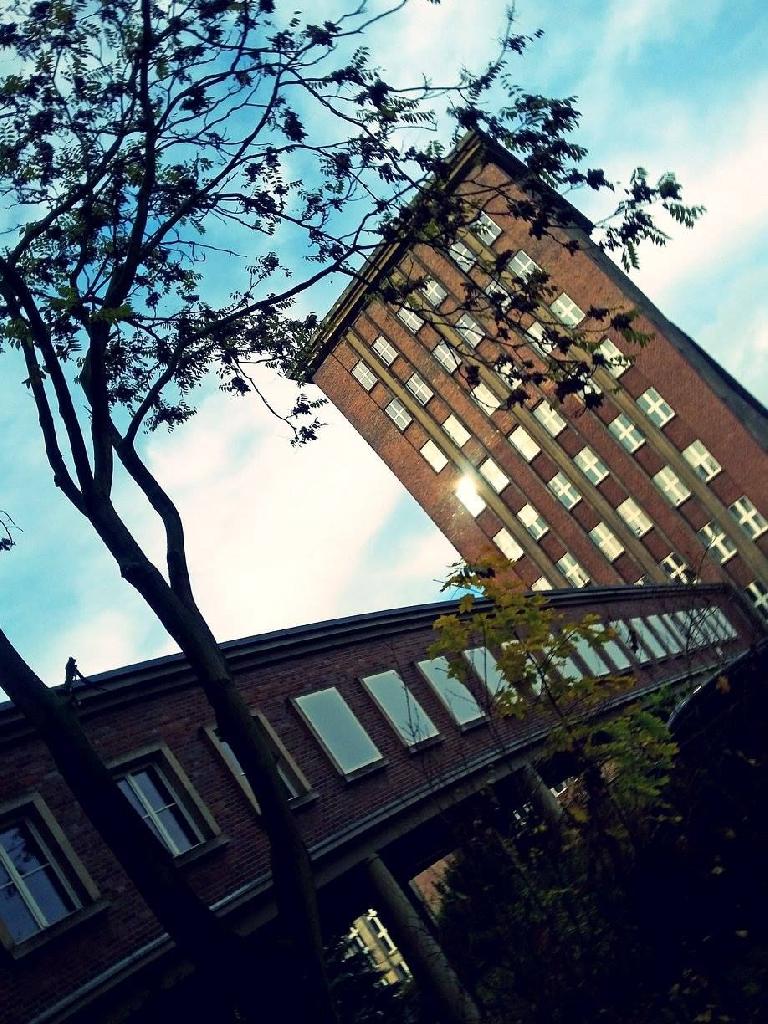
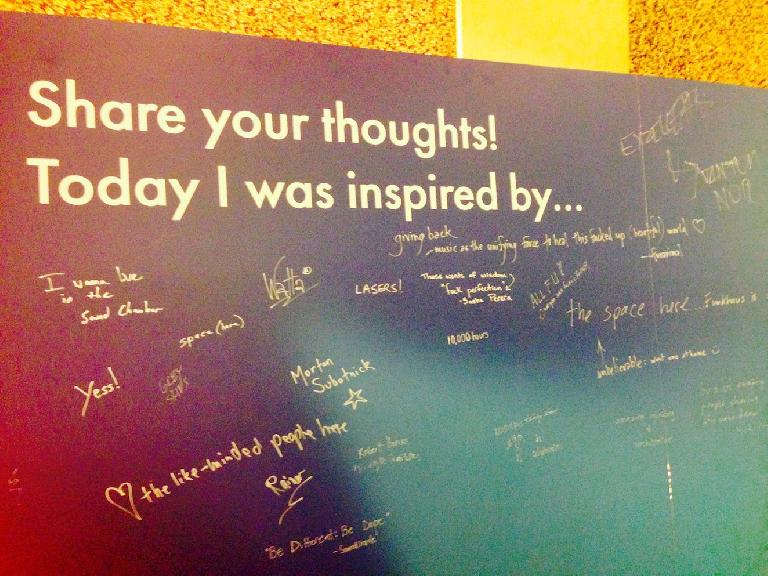

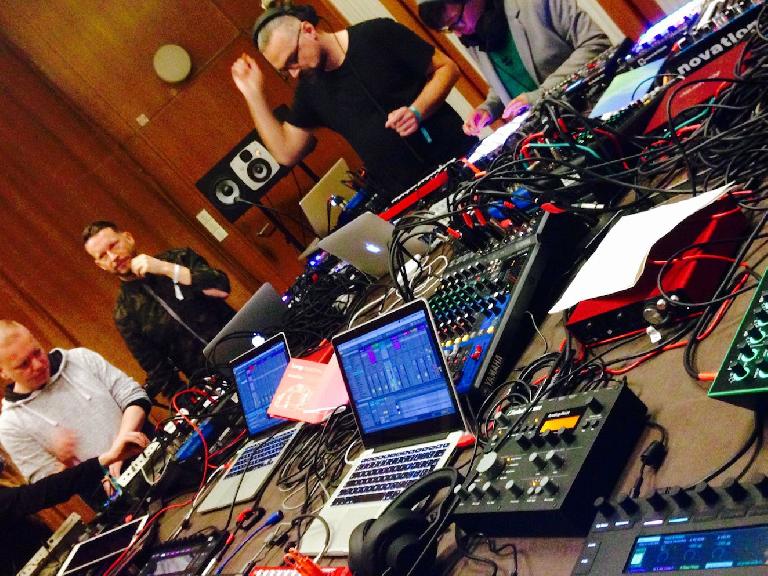

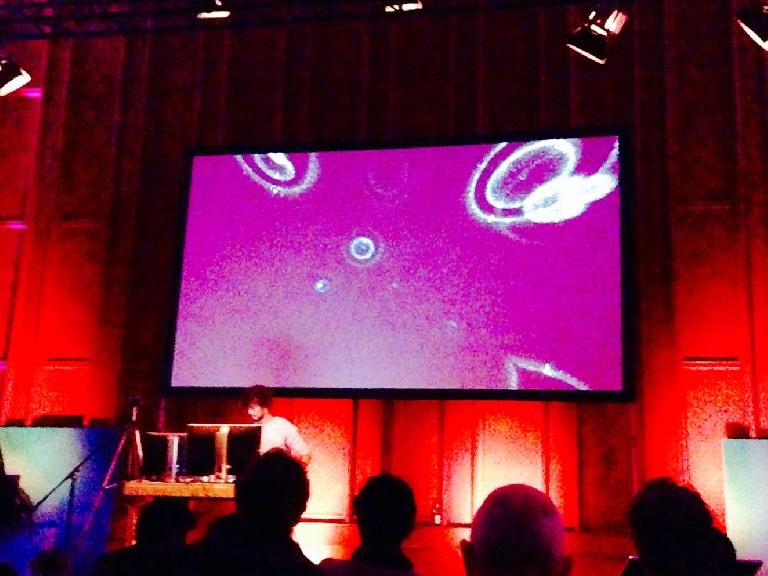


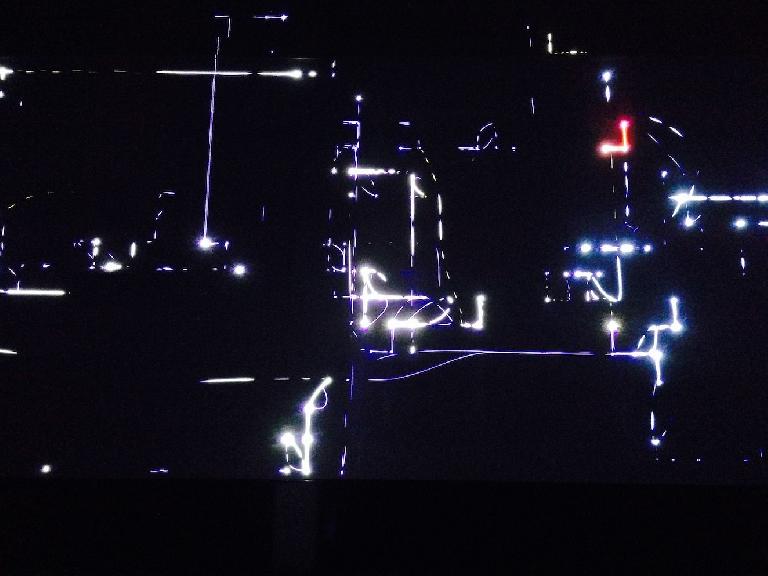
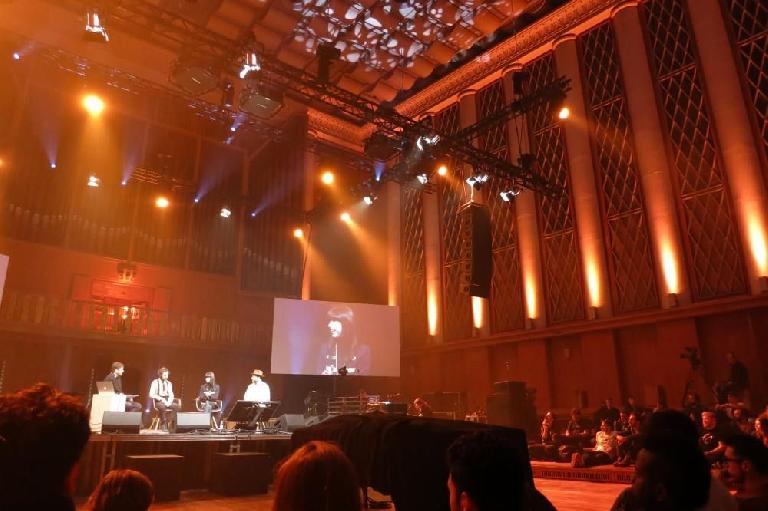

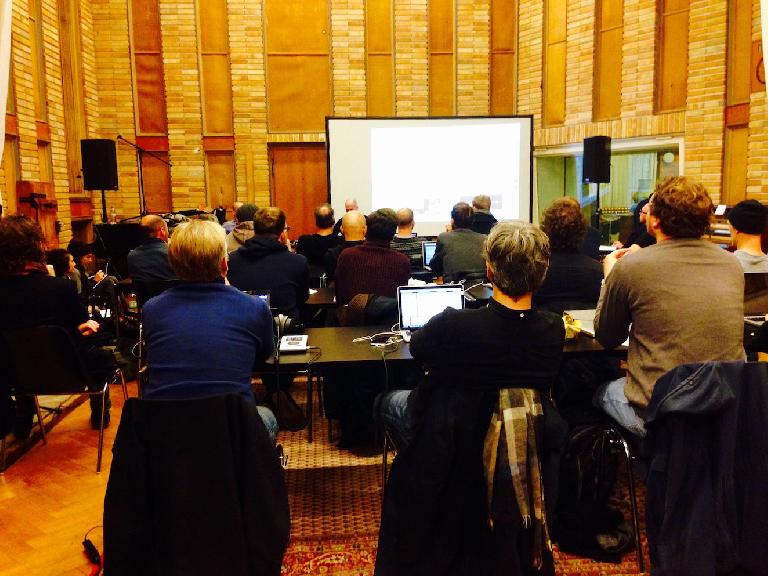

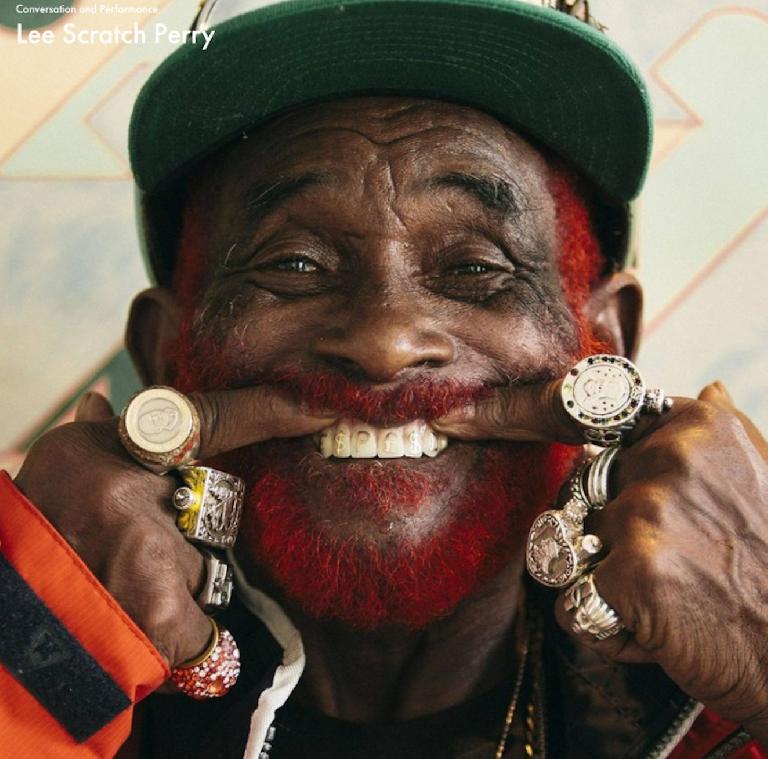
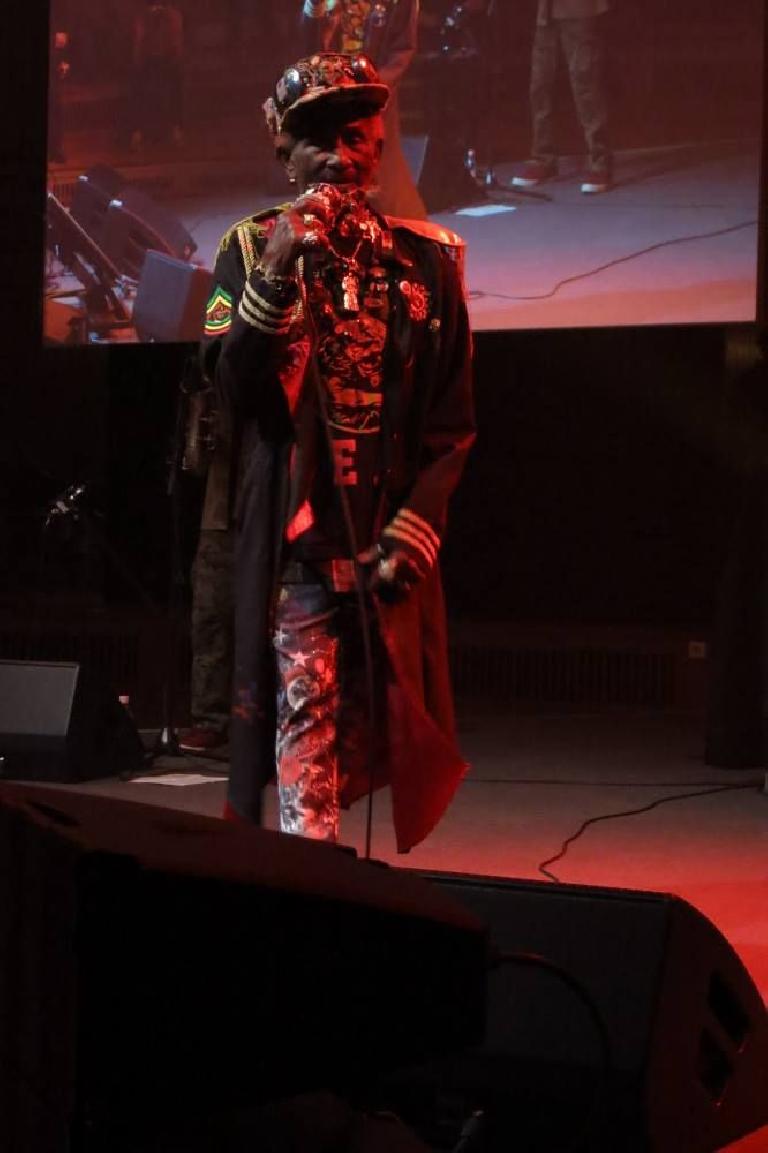
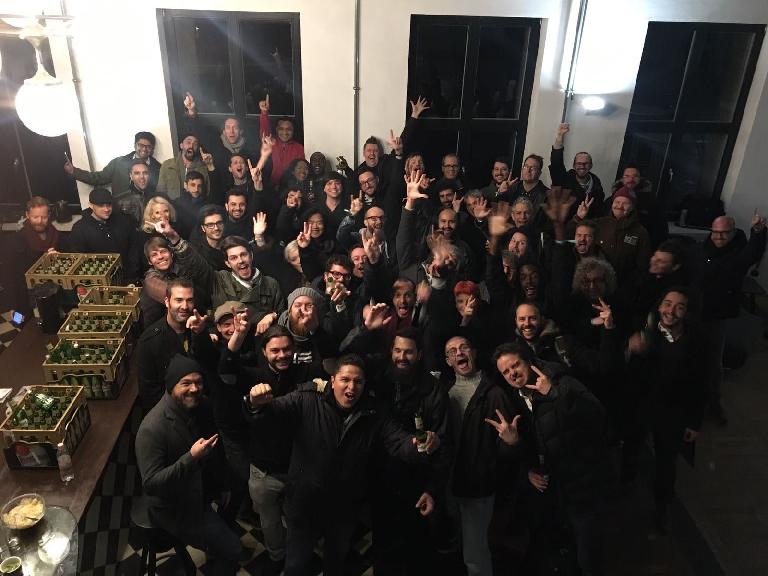
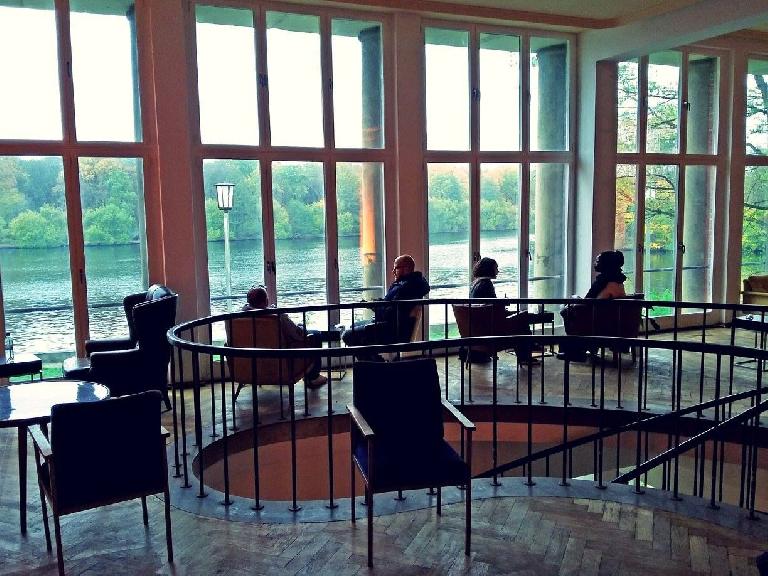
 © 2024 Ask.Audio
A NonLinear Educating Company
© 2024 Ask.Audio
A NonLinear Educating Company
Discussion
Want to join the discussion?
Create an account or login to get started!